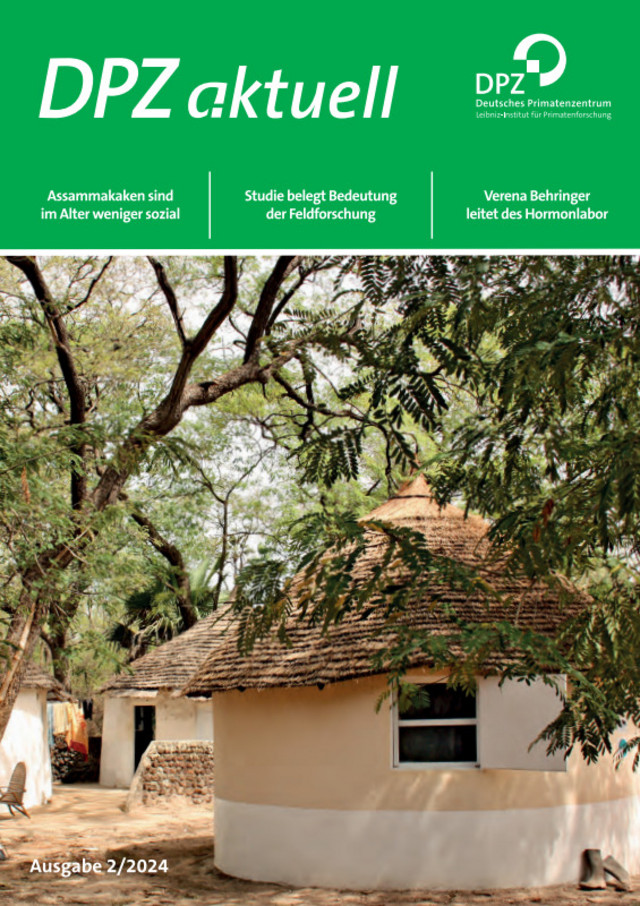DPZ aktuell published
Since human behavior usually not only reflects the current conditions of our social coexistence, but also results from our evolutionary past, studies on free-living primate species can reveal a lot about the biological roots of our behavior. Scientists from the Social Evolution of Primates research group at the DPZ spent eight years observing Assamese macaques in Thailand and tested several hypotheses on the causes of social aging. You can read what they found out from page 3 onwards.
The DPZ maintains five field stations in Peru, Senegal, Guinea, Madagascar and Thailand. There, scientists research the social behavior, ecological role and evolution of various primate species. A recent study, which included data from 157 field stations from 56 countries, now shows for the first time how important this on-site research is for the conservation of biodiversity and what an essential role the field stations play as employers and training centers for the local population. You can find out more from page 18 onwards.
The head of our Endocrinology Laboratory, Michael Heistermann, retired in April. For more than 30 years, he was the contact person for DPZ-internal, national and international researchers for the determination of primate hormones. He has now been succeeded by biologist Verena Behringer. On page 24 you can read about the research projects she is working on and what else keeps her busy.
In addition, as an institute we have signed the Diversity Charter, the biotope on our premises is in full splendor and bursting with life, and last but not least, our energy-saving measures are having an impact (see pages 32 – 33).
"DPZ aktuell" is published four times a year, with around 40 pages each time, and we offer a free subscription to anyone who is interested. If you are interested, you can find more information here. Of course, the magazine is also available in the building: You can find it at reception, in our cafeteria or in the library.

